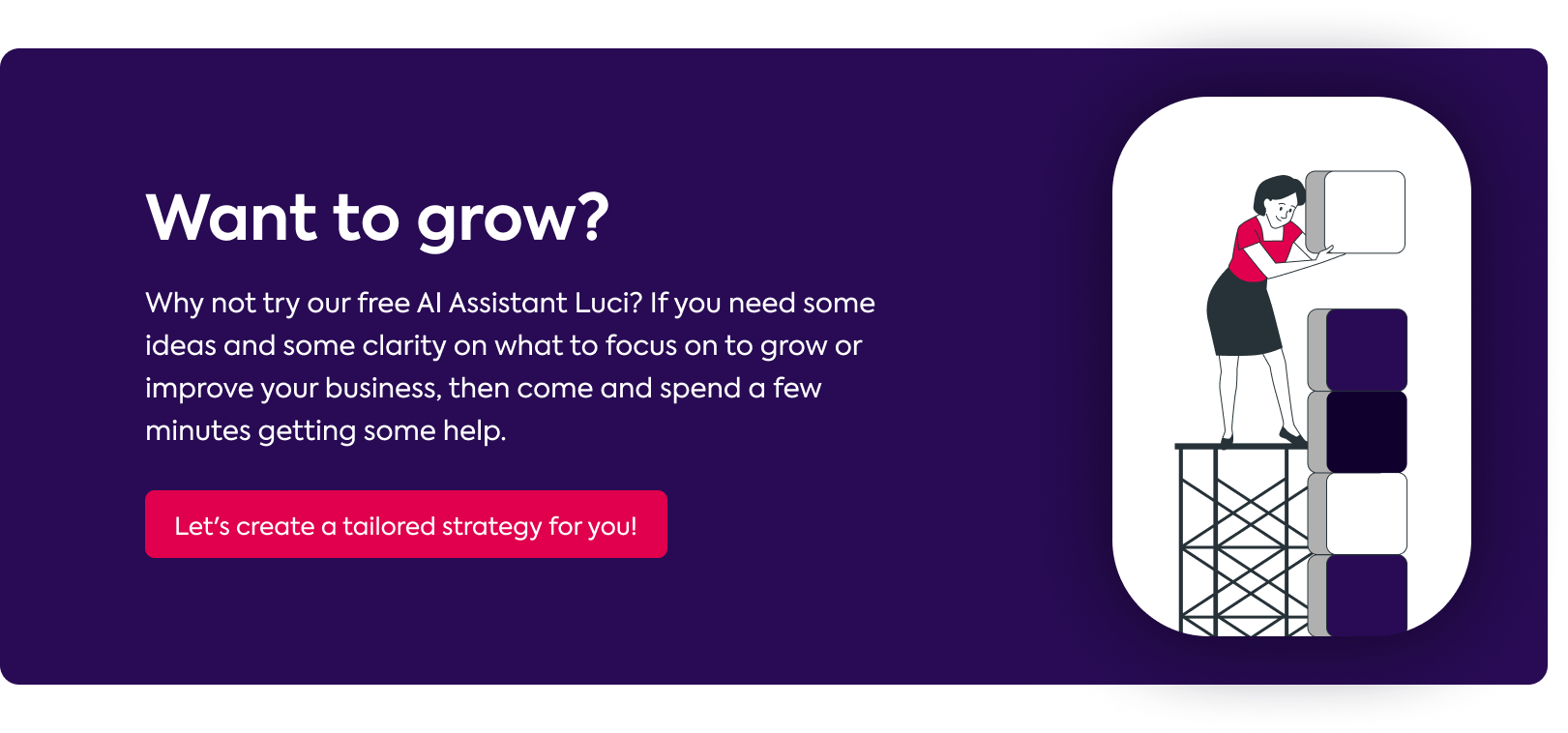Do you have a feeling you’re not executing your strategy as well as you potentially could be? In this article we look at a framework to review all aspects of your business that may be resulting in lost potential or even failure…
What is Weisbord’s 6 Box Model?
The 6 Box Model is a framework used to analyse the effectiveness of a business in being able to execute a strategy. It identifies 6 areas where problems may occur and is used as a structure for undertaking a complete review.
The six areas are:
- Purpose
- Structure
- Relationships
- Rewards
- Leadership
- Helpful Mechanisms
What is Purpose in Weisbord’s 6 Box Model?
Purpose covers the reason your business exists and what you actually do in your marketplace. That may sound obvious but clarity around this issue can be a point of debate, especially if you have grown organically or developed some form of diversification strategy. Here are some considerations to help you:
- Why do you exist?
- What problems do you solve for people?
- What is your target market?
- What is your Vision statement?
- What is your Mission statement?
- What are your Strategic Objectives?
If the above questions can be clearly answered then you have a set Purpose to fit into your 6 Box Model.
What is Structure in Weisbord’s 6 Box Model?
The Structure box focuses on the design of your business. This includes the relationships between team members, the different functional units and departments, and the management tiers. Some key questions to ask yourselves:
- Does the structure make sense for what you are trying to achieve?
- Is the ratio of management to team member correct?
- Are you creating departments around disciplines or around products and services?
- How efficient are processes within the company?
- What are your current margins like, can they be improved?
Structure can have a huge impact on the successful execution of any strategy. You need to be setup in a manner to take advantage of your strengths and opportunities.
What are Relationships in Weisbord’s 6 Box Model?
Relationships can make or break a strategy. At their best, strong relationships can expedite execution, unblock issues, ensure people are treated well, and strengthen a company. When they’re negative, they can be toxic, difficult, obstructive and potentially fatal for your strategy. Consider the following:
- How are relationships managed?
- How do people communicate?
- How do people collaborate?
- How do team members interact?
- What are your core values?
- How do you settle conflicts?
- Are there silos present?
Relationships can also refer to the interaction between team members and the business as a whole, including the technology, processes, and overall experience.
What are Rewards in Weisbord’s 6 Box Model?
The Rewards box considers aspects that can have a big impact on motivation for your team. It covers the incentives and reward schemes for the business, including how you recognise the different contributions everyone makes towards your success. Some questions that may help:
- How are the team rewarded?
- What is the bonus scheme?
- Outside of renumeration, what reward schemes are in place?
- Do achievements ever go unnoticed?
- Do team members feel a sense of ownership?
- How do you set their goals?
If you get this box wrong you may end up with demotivated team members that ultimately will impact your overall culture and performance – so it’s certainly one to consider.
What is Leadership in Weisbord’s 6 Box Model?
Although Leadership is a bit of a nebulous term that can mean different things to different people, it’s also an important topic. The Leadership box highlights the importance of a good, inspiring direction set within a business from the top. Some helpful questions:
- How do managers within the business behave?
- Are the company values on display in their interaction?
- Do managers all know and understand the strategy?
- Do team members feel supported and nurtured to be successful?
Good leadership will mean the team pull in the same direction.
What are Helpful Mechanisms in Weisbord’s 6 Box Model?
The final box is Helpful Mechanisms. You can think of these are the tools, processes and systems you use in order to successfully execute your strategy and grow your business. Consider the following:
- What systems are currently in place to support the business?
- How often are systems reviewed?
- What processes are in place?
- What is the feedback from team members about systems and processes?
Your Helpful Mechanisms can have a large impact on your ability to successfully execute a strategy and grow your business, as well as having a direct impact on your margins.
What frameworks or tools work well with Weisbord’s 6 Box Model?
As the 6 Box Model focuses solely on the internal workings of your business, any external analysis tool will go well with it. Consider a PESTLE or Five Forces in advance of the 6 Box Model in order to get a clear understanding of your environment prior to your internal analysis.
What are the advantages to Weisbord’s 6 Box Model?
The advantages of the Weisbord’s 6 Box Model are:
- It’s a simple framework that is easy to understand
- It provides a good structure for evaluating your business
- It is broad in the coverage of topics
- It’s a proven, successful tool
- It could be used at a company level or department level
What are the disadvantages to Weisbord’s 6 Box Model?
The couple of disadvantages to Weisbord’s 6 Box Model include:
- It’s solely inward looking, so has no external influence in the analysis
- It’s time consuming to do well due to the breadth
What are the alternatives to Weisbord’s 6 Box Model?
There aren’t direct alternatives but similarly inward-looking tools include VRIO Framework, which looks at your Competitive Advantage, and VMOST Analysis, which looks at your strategy in conjunction to your business activity.
Who invented Weisbord’s 6 Box Model?
The 6 Box Model was developed by Marvin Weisbord in 1976. For more information you can take a look at his paper ‘Organizational Diagnosis: Six Places to Look for Trouble with or without a Theory‘















